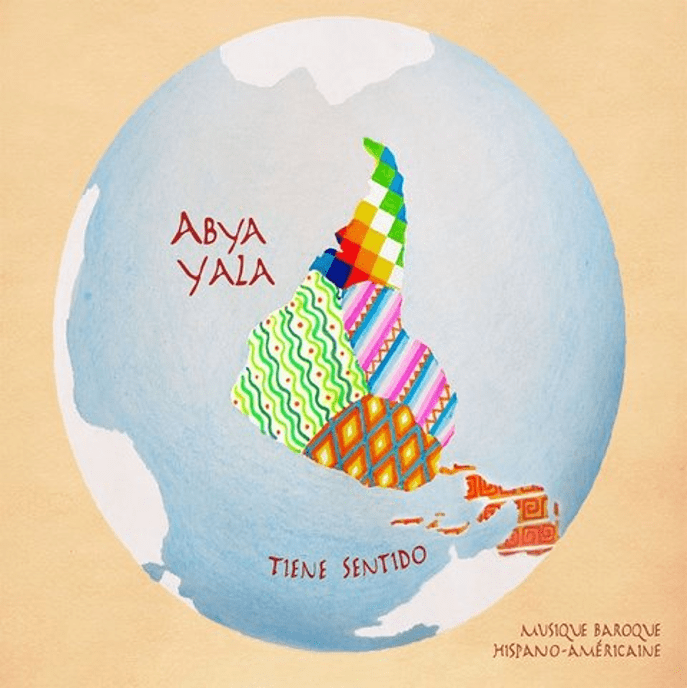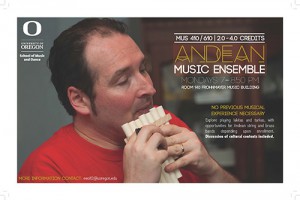MUS 359: Music of the Americas (4.0 CR)
TR 12:01-1:20 PM + Discussion Section
In-person / Clinical Services, Room 250
 The Americas is a broad geographic expanse covering a range of cultures that is impossible to cover in-depth in a single academic term. There are ideas, however, that can help us bring important aspects of these cultures together: colonialism, processes of cultural exchange, and modernity. We will study these ideas through the music and cultures of at least three countries in the Americas (Brazil, Mexico, and Peru). No musical experience is necessary, but students will be asked to think through listening examples to understand why different musics sound the way they do. While we focus on three regions, the ideas are applicable throughout the Americas. This course fulfills the AC (American Cultures) Multicultural Requirement.
The Americas is a broad geographic expanse covering a range of cultures that is impossible to cover in-depth in a single academic term. There are ideas, however, that can help us bring important aspects of these cultures together: colonialism, processes of cultural exchange, and modernity. We will study these ideas through the music and cultures of at least three countries in the Americas (Brazil, Mexico, and Peru). No musical experience is necessary, but students will be asked to think through listening examples to understand why different musics sound the way they do. While we focus on three regions, the ideas are applicable throughout the Americas. This course fulfills the AC (American Cultures) Multicultural Requirement.T 2:00-3:20 PM, plus half-hour sectional based on interest
 One intellectual current within ethnomusicology is the idea of bi-musicality, or the ability to be fluent in more than one musical system. This course emphasizes the practice of music-dance from a specific region/culture and asks students to reflect on how this practice may compare with the musical systems they already have experience with. Students will be asked to take an embodied approach in learning. At the end of the term, students will share what they have learned with others through an end-of-term presentation. Students who are interested in taking the class for additional credit (beyond 2.0 credits) are required to do additional work such as write an end-of-term research paper or produce a creative project related to region in question.
One intellectual current within ethnomusicology is the idea of bi-musicality, or the ability to be fluent in more than one musical system. This course emphasizes the practice of music-dance from a specific region/culture and asks students to reflect on how this practice may compare with the musical systems they already have experience with. Students will be asked to take an embodied approach in learning. At the end of the term, students will share what they have learned with others through an end-of-term presentation. Students who are interested in taking the class for additional credit (beyond 2.0 credits) are required to do additional work such as write an end-of-term research paper or produce a creative project related to region in question.
This term is dedicated to learning about the music-dance traditions of the South Central Andes, a region in which I have spent time doing field work. Several of these traditions use wind and percussion instruments that are relatively easily learned (lakitas/panpipes and tarkas/duct flutes), and everyone will learn a tune in these ensembles. It may be possible to explore two other traditions, the Andean string orchestra (quena/guitar/mandolin/flute/violin/charango/accordion) and the Andean brass band (trumpet/baritone/tuba/clarinet/ sax/trombone), depending upon what skills students bring with them to the class. All students will be expected to sing and perform basic dance steps. No prior musical experience necessary.